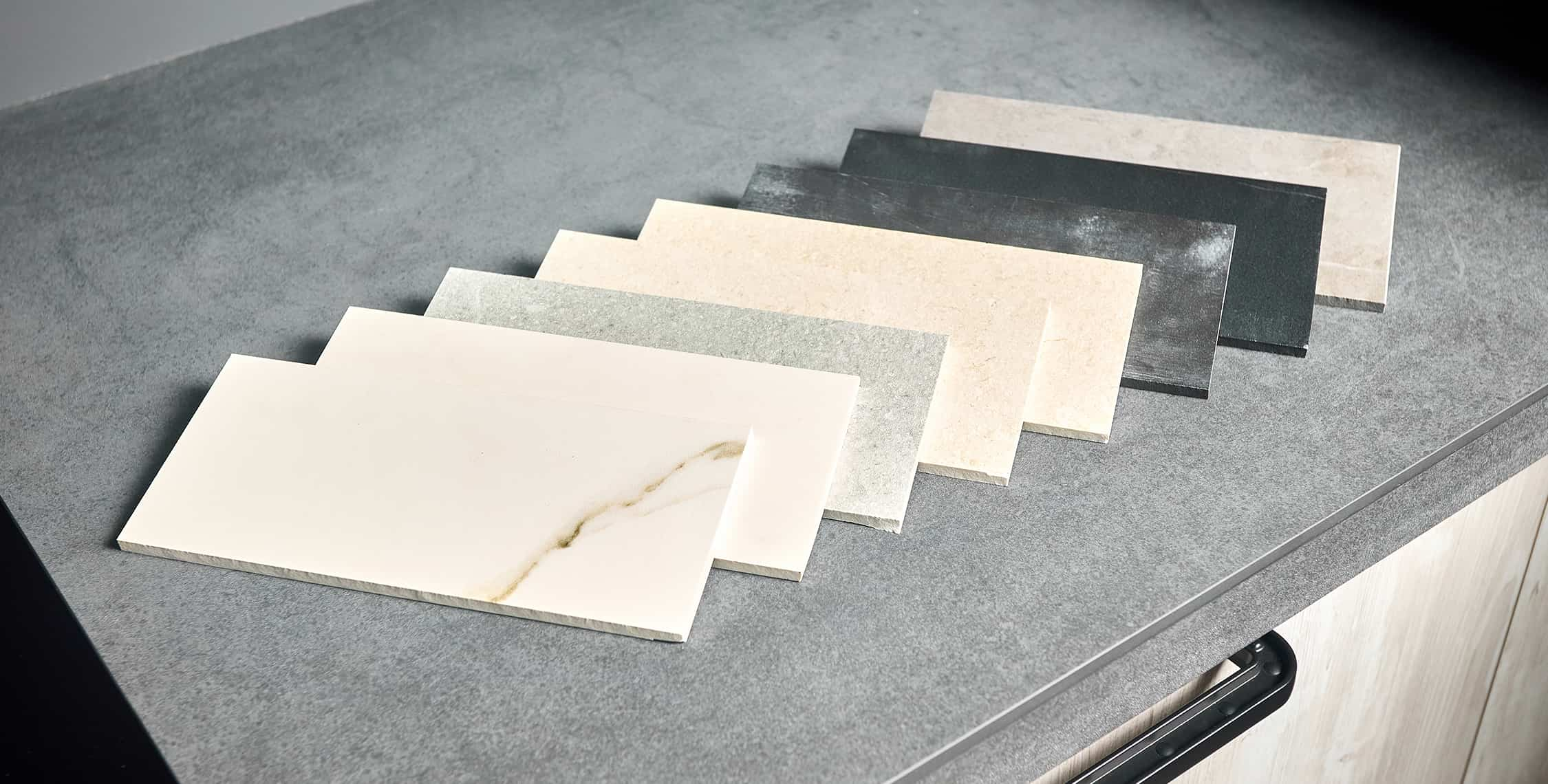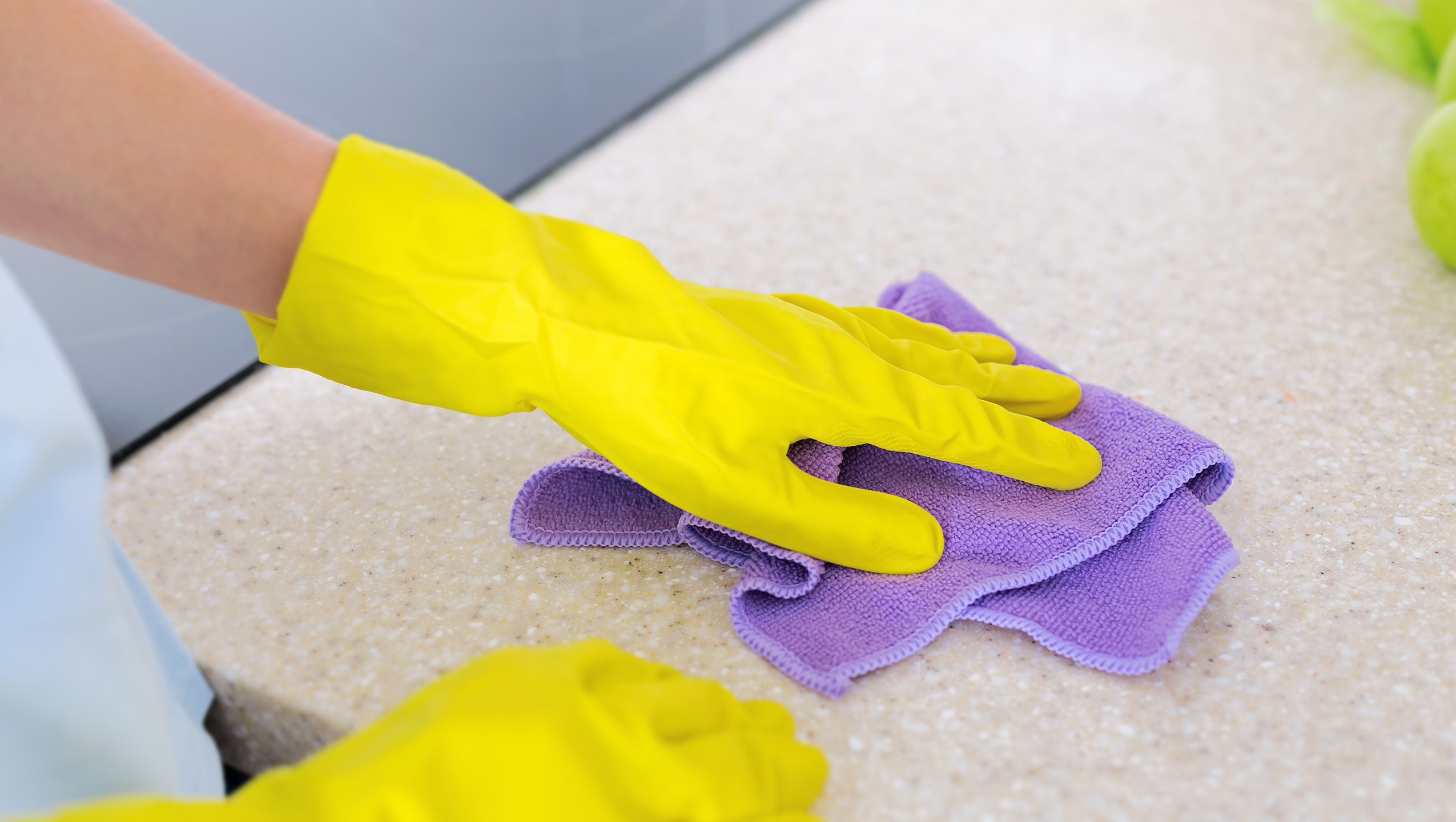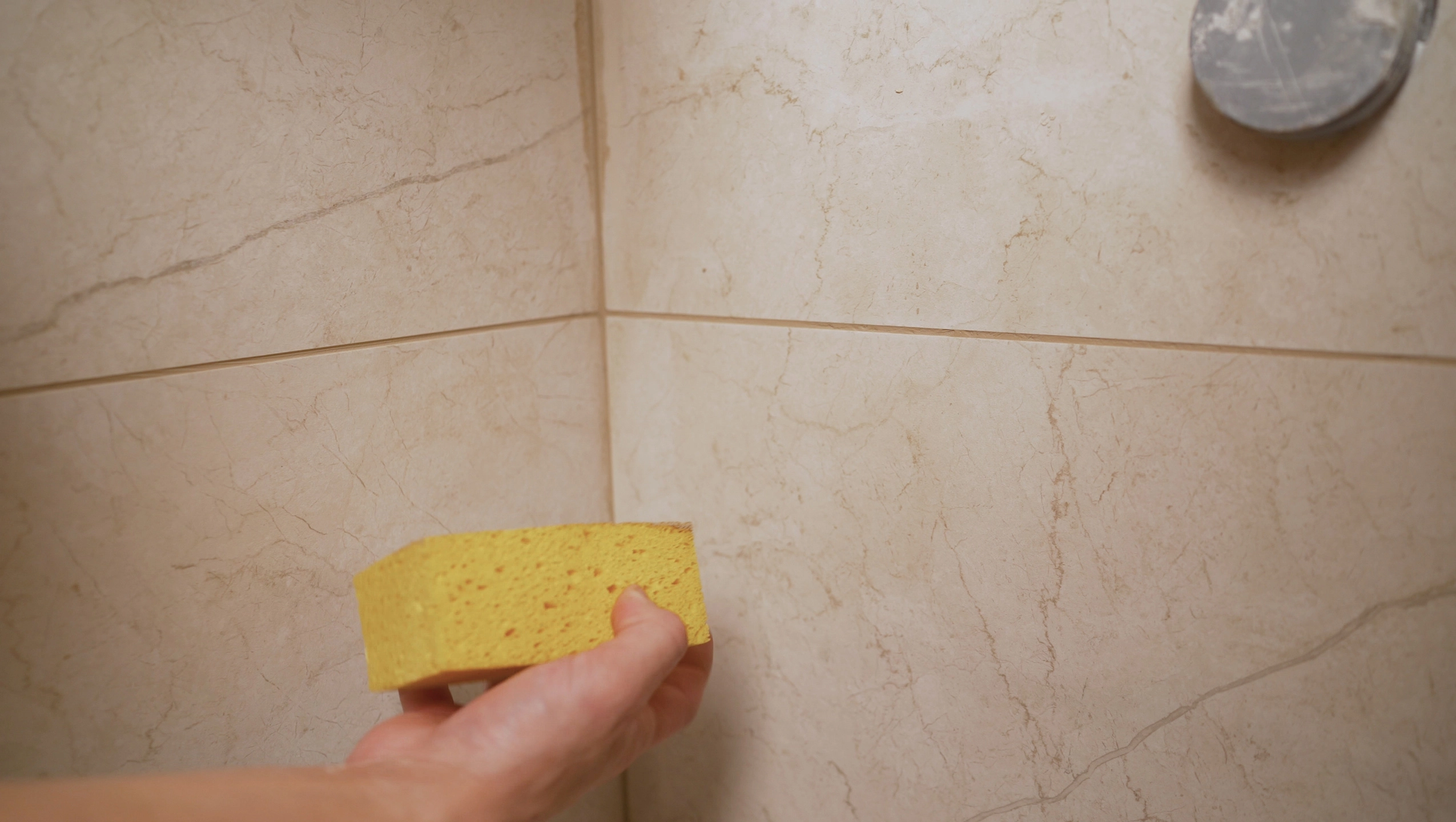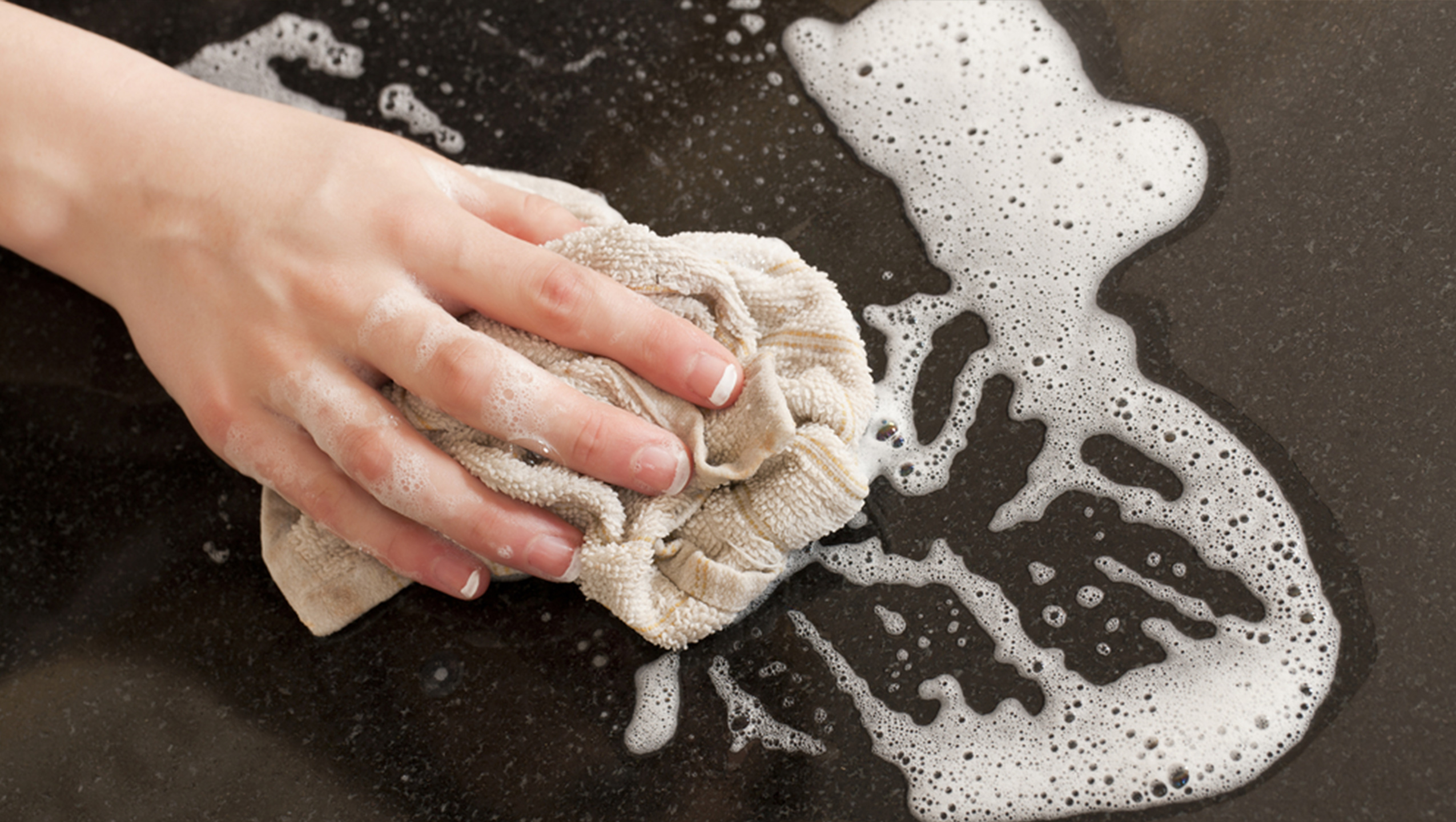When building or renovating a house, one important decision to make is choosing the right flooring material. Two of the most commonly used materials are granite and ceramic. Both have their advantages and disadvantages, making them popular choices among homeowners.
But how do you choose the best option for your home? Here are the key differences between granite and ceramic house floors to help you make an informed decision.
1. Base Material
One of the biggest differences between granite and ceramic lies in their base material. Granite is a natural stone formed from the cooling of magma beneath the Earth's surface. Granite slabs are cut and shaped to be used as flooring. Its natural properties make granite uniquely strong and beautiful, offering a look that cannot be replicated by other materials.
On the other hand, ceramic is made from clay that is fired at high temperatures. Once molded and fired, ceramic is coated with glaze to enhance its durability and provide an appealing appearance. Ceramic is generally easier to produce and offers a wide variety of designs.
2. Strength and Durability
Granite is renowned for its strength and durability. As a natural stone, it is highly resistant to scratches, heat, and heavy loads. Granite is an excellent choice for high-traffic areas such as living rooms, kitchens, or hallways. Furthermore, it is resistant to extreme weather, making it suitable for both indoor and outdoor use.
Ceramic, while also strong and durable, is not as robust as granite. It is more prone to scratches and breakage, especially when subjected to strong impacts. Nonetheless, ceramic remains a good option for indoor areas with moderate to low traffic, such as bathrooms and bedrooms.
3. Appearance and Aesthetics
Granite exudes a luxurious and elegant look due to its natural patterns and textures. Each piece of granite has unique patterns, giving any room an exclusive feel. Its color variations range from black and gray to pink and green, enhancing its aesthetic value.
Ceramic, in contrast, offers more design flexibility because it can be printed with various patterns and colors. You can find ceramic tiles that mimic wood, stone, or even granite. With so many options available, ceramic can complement any interior style or theme.
4. Price
Another significant difference between granite and ceramic is price. Granite, being a natural material that requires extensive mining and processing, is relatively more expensive than ceramic. Additionally, the installation cost of granite tends to be higher due to its weight and the expertise required.
Ceramic, however, is a more budget-friendly option. Made from readily available clay and involving simpler production processes, ceramic is more affordable. For those on a tight budget, ceramic is an ideal solution to minimize construction or renovation costs.
5. Installation
Granite requires a more complex installation process compared to ceramic. As a heavy and hard natural stone, granite must be installed by skilled professionals. It also requires a strong base layer to support its weight.
Ceramic, in contrast, is easier to install and can be handled by general construction workers. Its lighter weight means it does not require a base layer as strong as granite. Moreover, ceramic tiles can be quickly installed using special adhesives or cement.
6. Maintenance
While granite is known for its strength and durability, it requires special care. Granite must be sealed regularly to protect it from stains and moisture. Without proper sealing, granite can absorb liquids like oil or water, leading to permanent stains.
Ceramic, on the other hand, is easier to maintain. The glaze coating makes it resistant to water and stains, eliminating the need for special treatment. Routine cleaning with a broom and mop is sufficient to keep ceramic tiles in good condition.
7. Water Resistance
Granite is more porous than ceramic, meaning it absorbs water more easily if not properly sealed. For this reason, granite is less suitable for areas that are consistently wet, such as bathrooms or kitchens.
Ceramic, however, is highly water-resistant due to its glazed surface. This makes ceramic a better choice for wet areas like bathrooms and laundry rooms. Ceramic tiles are also easier to clean in case of spills or liquid exposure.
8. Surface Temperature
Granite naturally absorbs and retains heat. When used outdoors or in areas exposed to direct sunlight, granite surfaces can become very hot, which may cause discomfort when walking barefoot.
Ceramic, on the other hand, is more temperature-neutral. It does not retain heat like granite, making it more comfortable for use in hot climates or sunlit areas. Ceramic also feels cooler underfoot, which is ideal for tropical environments.
9. Thickness
Granite is typically thicker than ceramic. This thickness contributes to granite's strength but also affects installation and costs. Being thick and heavy, granite requires more labor and time to install.
Ceramic, by comparison, is usually thinner and lighter, making it easier to install and not requiring as sturdy a floor structure as granite. Its thinness also allows for more versatile shapes and sizes, providing a greater range of design options.
10. Application Areas
Granite is commonly used in areas that demand extra strength, such as outdoor spaces, patios, or high-traffic areas. Its scratch resistance and durability against extreme weather make it an excellent long-term choice for these locations.
Ceramic, on the other hand, is more suitable for indoor use. It can be applied in almost any room, from bedrooms and living rooms to bathrooms. With its wide range of designs, ceramic can match any decorative theme.
Choosing between granite and ceramic flooring depends on factors such as budget and specific needs. Granite offers strength, durability, and a luxurious natural appearance, but it comes at a higher price and requires more maintenance. Ceramic, meanwhile, provides design flexibility, easier installation, and affordability.
If you’re looking for durable and luxurious flooring for high-traffic areas, granite might be the perfect choice. One example is Vellino Granite Ceramic, which offers a wide range of patterns and maximum durability.
Popular Products
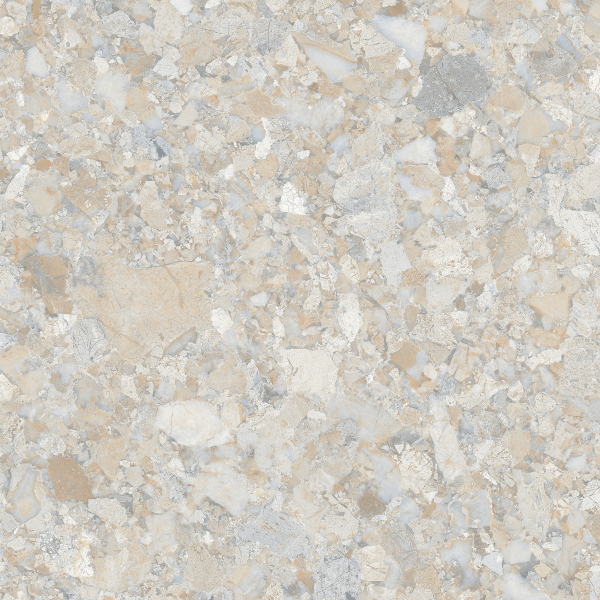
THETA VINCENT BEIGE
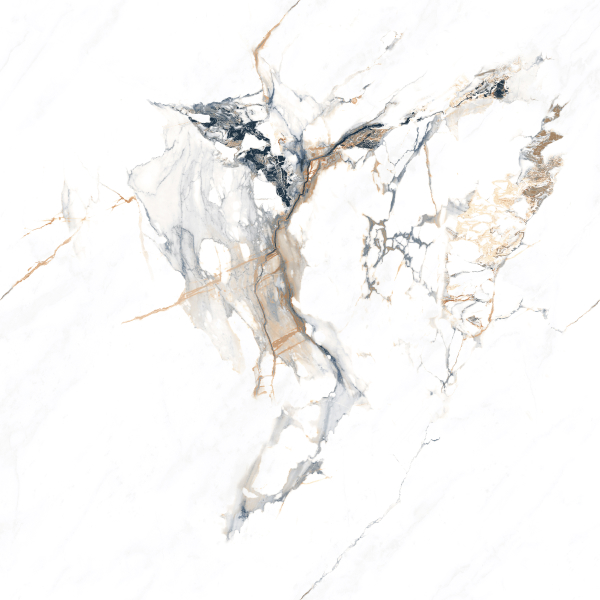
THETA NICOLLI WHITE
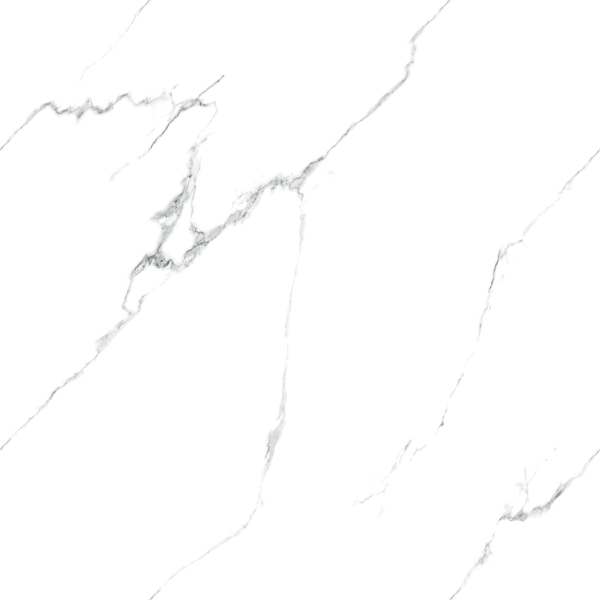
THETA RAFFINATO WHITE

THETA GIARDINO WHITE
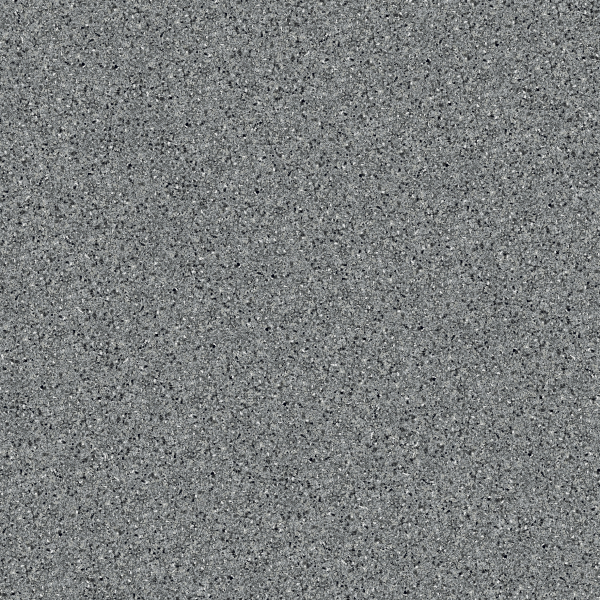
RUSTIC AVIRA CHARCOAL

